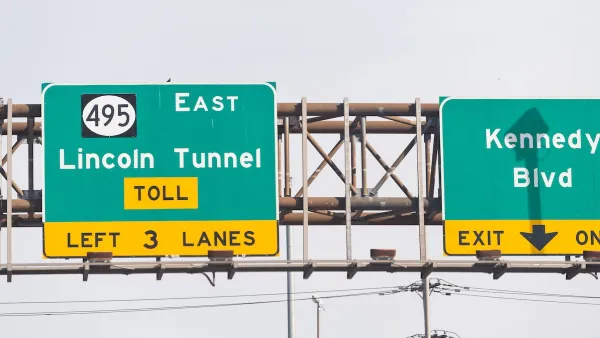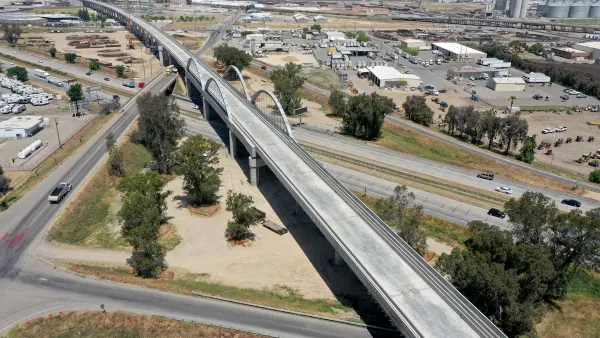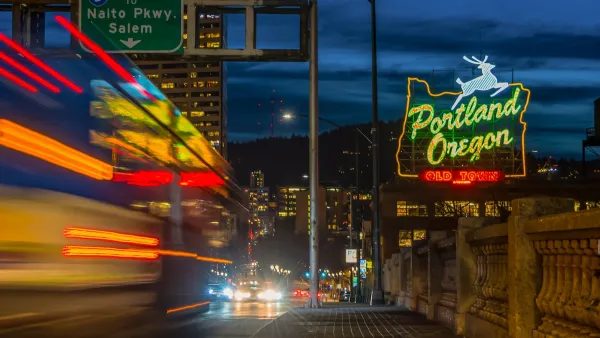A few days ago, I was trying to take a streetcar in Toronto- and the streetcar was just as congested as any suburban arterial. The lines in front of streetcars were so long that I couldn't get into the first streetcar. Or the second. Or the third. Instead, I had to wait a few minutes (horrors!) for the fourth streetcar. I asked myself: what if streetcars only ran every hour, instead of every few minutes? Would the streetcars be equally crowded? Of course not. People would abandon the streetcars and start to use cars (if they owned them) and buy them (if they did not yet own them).
A few days ago, I was trying to take a streetcar in Toronto- and the
streetcar was just as congested as any suburban arterial. The
lines in front of streetcars were so long that I couldn't get into the
first streetcar. Or the second. Or the third.
Instead, I had to wait a few minutes (horrors!) for the fourth
streetcar.
I asked myself: what if streetcars only ran every
hour, instead of every few minutes? Would the streetcars be
equally crowded? Of course not. People would abandon the
streetcars and start to use cars (if they owned them) and buy them (if
they did not yet own them).
In my experience, there is an inverse
correlation between the amount of public transit service and the amount
of overcrowding on trains or buses: in places with extensive
service, overcrowding is a problem- but in places where public transit
is limited to hourly bus service (e.g. Jacksonville, Florida) buses
tend to be delightfully uncrowded, and usually I can not only sit in a
seat but put my bags on the seat next to me. In three years in
Jacksonville, I do not think I ever had to stand on a bus.
This methodology should tell us something
about how and when we build roads. If (as I have suggested) reduced transit service
means less congestion on transit, why should roads be any different?

Analysis: Cybertruck Fatality Rate Far Exceeds That of Ford Pinto
The Tesla Cybertruck was recalled seven times last year.

National Parks Layoffs Will Cause Communities to Lose Billions
Thousands of essential park workers were laid off this week, just before the busy spring break season.

Retro-silient?: America’s First “Eco-burb,” The Woodlands Turns 50
A master-planned community north of Houston offers lessons on green infrastructure and resilient design, but falls short of its founder’s lofty affordability and walkability goals.

Test News Post 1
This is a summary

Analysis: Cybertruck Fatality Rate Far Exceeds That of Ford Pinto
The Tesla Cybertruck was recalled seven times last year.

Test News Headline 46
Test for the image on the front page.
Urban Design for Planners 1: Software Tools
This six-course series explores essential urban design concepts using open source software and equips planners with the tools they need to participate fully in the urban design process.
Planning for Universal Design
Learn the tools for implementing Universal Design in planning regulations.
EMC Planning Group, Inc.
Planetizen
Planetizen
Mpact (formerly Rail~Volution)
Great Falls Development Authority, Inc.
HUDs Office of Policy Development and Research
NYU Wagner Graduate School of Public Service





























